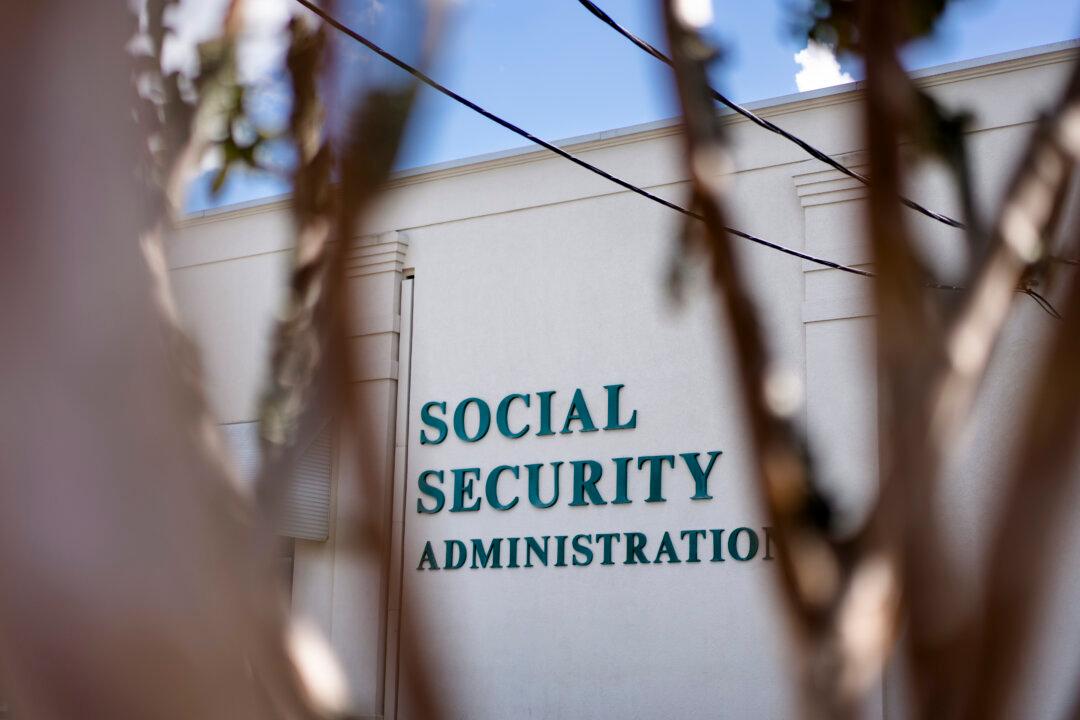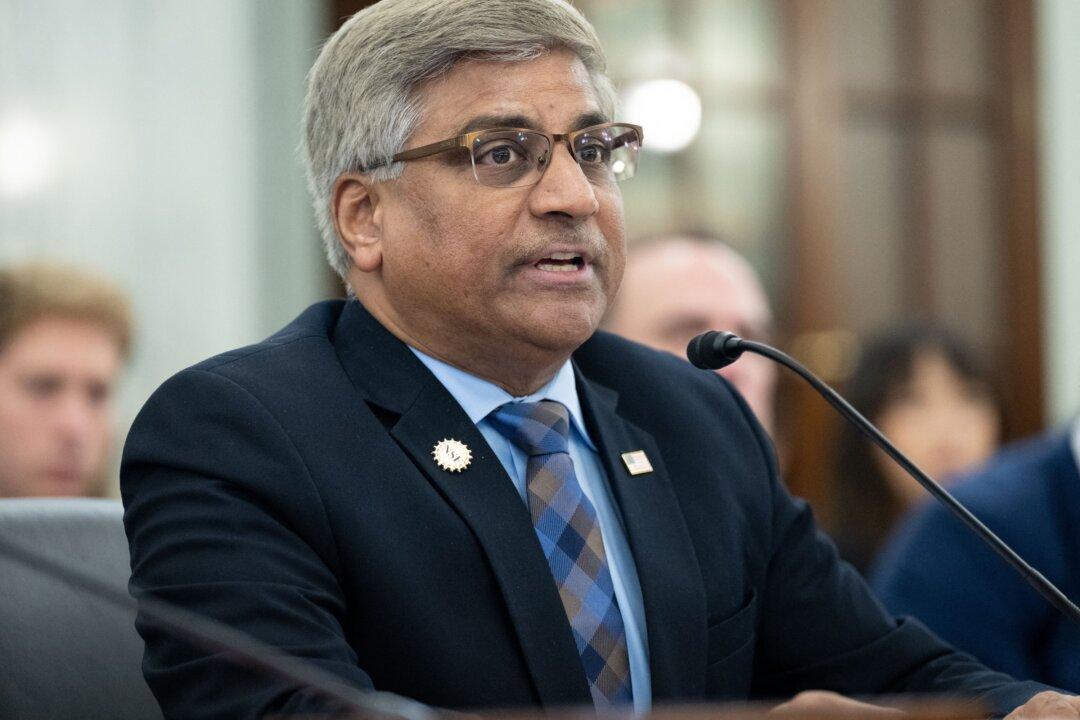Confidence among U.S. homebuilders fell in February to a four-month low amidst persistent delays to projects, rising construction costs, and building material production bottlenecks, according to a trade association, indicating a near-term gloomy outlook for the industry.
The National Association of Home Builders (NAHB)/Wells Fargo Housing Market Index (HMI) declined by one point to 82 in February—the second straight month that the index has fallen. In January, HMI fell by one point to 83 following four consecutive months of increases.
The HMI measures builder perceptions of current single-family home sales as well as sales expectations for the next six months. A market scoring above 50 points of 100 indicates a favorable sentiment toward home sales. The HMI index that measures present sales conditions went up by one point to 90, while the index measuring sales expectations for the next six months declined by two points to 80.
The three-month regional HMI moving average for the Northeast rose three points to 76. In the Midwest, it fell one point to 73. The West saw an increase of one point to 89 while the South saw a decline of one point to 86.
Residential construction costs have risen by 21 percent on a yearly basis. Such high development costs have hit first-time home buyers “particularly hard,” NAHB Chief Economist Robert Dietz said in the report. He predicts higher interest rates this year to “further reduce housing affordability,” while demand continues to remain solid due to a lack of resale inventory.
Meanwhile, consumer mortgage applications fell by 5.4 percent for the week ending Feb. 11, compared to the previous week, according to the Mortgage Bankers Association (MBA). Refinance applications also fell.
The 30-year fixed-rate mortgage saw the biggest weekly increase since March 2020, rising above the 4 percent level for the first time since 2019.
The organization estimated that 87.5 million households, accounting for roughly 69 percent of all households in the country, are not in a financial position to afford a new median-priced home. If the median price of a new home were to increase by just $1,000, around 117,932 households will not be able to afford the home.





